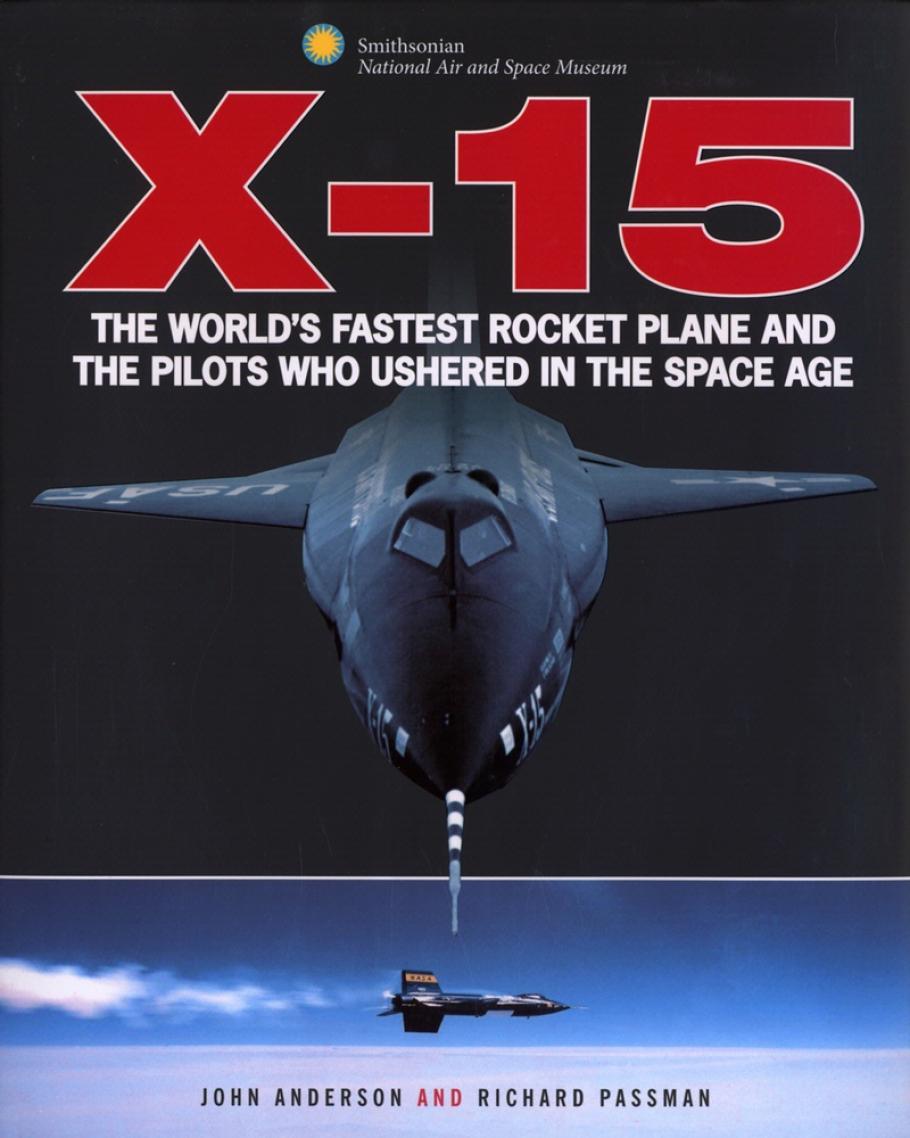During the 20th century, airplane design was driven by the mantra of “flying faster and higher.” Starting with the historic first flight of the Wright Flyer on December 17, 1903, aeronautical engineers focused on the design of new airplanes to achieve ever-increasing speeds and altitudes. Just 44 years later, on October 14, 1947, Capt. Chuck Yeager made aviation history by becoming the first to fly faster than the speed of sound; he piloted the Bell X-1, the first of a series of specially designed experimental airplanes – the X- airplanes. When the sonic boom from this flight reverberated across the desert at Muroc Dry Lake in California, it opened a powerful new chapter in the history of the airplane – the age of supersonic flight. By the early 1950s, supersonic airplanes had become the central focus of airplane design. In just a few years, the first airplane capable of cruising at Mach 2, the Lockheed F-104 Starfighter, entered service. Designed by the famous Lockheed Skunk Works under the direction of iconic designer Kelly Johnson, this airplane was a beautiful example of excellent supersonic aerodynamics. It sported a slender and streamlined fuselage with a pointed nose, and a very thin short, stubby wing with a leading edge as sharp as a razor blade – all designed to reduce supersonic wave drag on the airplane. Then, just 20 years later, William “Pete” Knight flew the X-15 hypersonic airplane to a Mach number of 6.7, the fastest speed attained in the X-15. By virtue of this flight, Knight still holds today the world’s speed record in a winged, powered aircraft. The X-15 opened yet a new chapter in the history of the airplane – the age of hypersonic flight. The X-15, however, did not reflect the supersonic aerodynamics seen in the Bell X-1 and the Lockheed F-104. Instead, the X-15 had a wider fuselage with a blunted nose as well as a thicker wing with blunt leading edges – all designed to reduce aerodynamic heating to the vehicle. This is a dramatic departure from good supersonic airplane design, and is a good example of the different problems encountered with hypersonic flight.
The X-15 was born on October 5, 1954, when the National Advisory Committee for Aeronautics decided on the need for a manned hypersonic research airplane. After winning an industry-wide competition, North American Aviation designed and built the X-15. This is the same company that designed the famous P-51 Mustang of World War II, and America’s first swept-wing fighter, the F-86 Sabre of Korean War fame. The first X-15 flight took place on June 8, 1959, when Scott Crossfield, then employed by North American, was strapped into the cockpit. With a long, flattened fuselage, short stubby wings, wedge-shapes for tail surfaces, and a black surface to help radiate away the high temperature generated by aerodynamic heating, the North American X-15 was poised for its first flight. Mounted under the wing of a B-52 jet bomber, on that day the X-15 and Crossfield were carried to an altitude of 11,445 meters (37,550 feet), and then released. This first flight was a gliding flight; the rocket powered flights were to come later. Nevertheless, the X-15 reached a speed of Mach 0.79 on its decent to the desert floor below.
This first flight was the beginning of one of the most spectacular test programs of one of the most spectacular airplanes in history. When it ended after 199 test flights, piloted by 12 different test pilots, the X-15 had produced test data in the hypersonic flight regime that would be indispensable to the later design of the space shuttle. The last flight took place on October 24, 1968, when test pilot Bill Dana reached a Mach number of 5.38 and an altitude of 77,724 meters (255,000 feet). This last flight was an example of many of the X-15 tests. The rocket engine had been at 100 percent thrust of 57,000 pounds for 84 seconds, and the whole flight from launch to touchdown had taken a mere 11 minutes and 28 seconds. Ultimately, the highest Mach number of 6.7 achieved by pilot Bill Knight and the and highest altitude of 107,960 meters (354,200 feet) achieved by pilot Joseph Walker are speed and altitude records held by a powered, piloted airplane that still stand today. This explains why the X-15 was important enough that one of the original three now hangs with distinction in the Milestone of Flight gallery of the Smithsonian’s National Air and Space Museum. In this Museum, one can also see the other airplanes mentioned above that represent the path to flying faster and higher – the Wright Flyer, the Bell X-1, and the Lockheed F-104. The X-15 is the natural continuation of the quest for speed and altitude. After 45 years, no other airplane has flown faster and higher, and it has been a museum piece for four decades. That is food for thought. For more information on the X-15, check out John Anderson's new book, X-15: The World's Fastest Rocket Plane and the Pilots Who Ushered in the Space Age.

